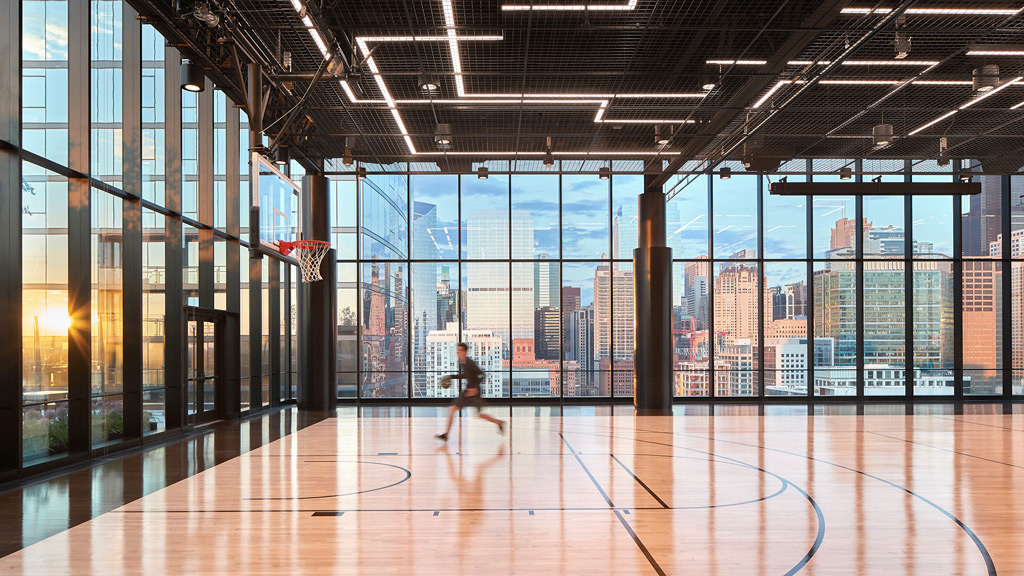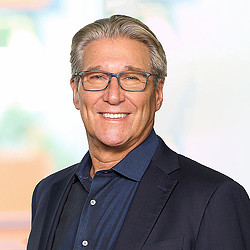How Desire for Experience Is Driving the Flight to Quality
November 22, 2022 | By Andy Cohen
With nearly three years of a pandemic behind us and tremendous global volatility ahead, the real estate and building sectors are in a moment of transformation. Our preferences, priorities, and needs have shifted dramatically, and we know there is more change to come. Now more than ever, people are attuned to the way that physical space shapes experience. In this time of constant change and countless challenges, people want to spend their time in environments that maximize the way they live, work, play, and collaborate. We are seeing this desire manifest in demand for high-quality, highly amenitized Class A buildings. We are seeing a flight to quality — and also, a flight to experience.
What Are Class A Buildings?
Class A buildings are the top tier of real estate, which, according to the Urban Land Institute (ULI), accounts for only about 20% of all office stock. Generally newer properties, these buildings have cutting-edge design, advanced sustainability features, premium amenities, seamlessly integrated and user-friendly technology, and high-profile tenants. They also yield the highest rent and greatest value to investors and building owners. And while today’s inflation and interest rates are having a cooling effect on some parts of the real estate market, demand for well-located, top-quality Class A buildings with wellness amenities and retail/food and beverage space remains strong, according to ULI’s 2023 Emerging Trends in Real Estate report.
Making the Office a Destination, Not an Obligation
Gensler is working with our clients to create offices that are destinations, not an obligations — places where people want to be, vs where they are required to be. When coming to the office is a choice, our charge as designers is to make it the best choice. We are creating flexible, agile, and interactive offices that adapt to the changing needs of workers by offering a variety of spaces for different tasks—from small, 2-3 person conference rooms with integrated technology for seamless hybrid collaboration, to living room–like “neighborhood” areas, where teams can gather to ideate, socialize, or comfortably engage in independent work. Our research shows that people prefer the office for deep focus, so having an assortment of quiet, private spaces is also key. Overall, providing choice in environment allows workers the autonomy and support they need to do their best work.
High-Quality Amenities Create High-Quality Experiences
A building’s amenities play a key role in the appeal of Class A real estate. Enticing options for everything from shopping and dining to fitness and entertainment allow buildings and developments to offer the full experience people crave when they leave their homes. In Houston, Gensler converted an upper floor of a 1927 tower into an indoor-outdoor amenity space with a rooftop dog park and speakeasy. For One Vanderbilt in New York, we designed a third-floor amenity center to be a high-end hospitality destination for tenants, with premier food and beverage offerings by world-renowned Chef Daniel Boulud. And in Chicago, 167 N Green is a LEED Gold, 750,000-square-foot office development that reshapes and redefines the city’s existing office building landscape. Designed and built during Covid, the project has a vast tenant amenity package, including a full-size basketball court that converts to meeting/exhibition space, a game room, sitting room, lawn, and vegetable garden—all on the top floor, offering magnificent views of the Chicago skyline. The design team flipped the idea of amenities as a support mechanism for the building, making them a driver for community, collaboration, and culture as a market differentiator.
Sustainable Design as a Differentiator for Tenants and Talent
The well-designed workplace acts as a magnet for workers, clients, and tenants alike, and in today’s competitive market, sustainability features set a property apart from the rest. Net zero buildings are the pinnacle of this approach. These projects draw no energy from the grid through a combination of energy saving design strategies and onsite power generation. They are also incredible investments for the long term. As cities and countries enact more rigorous standards for building efficiency, portfolios that prioritize net zero development will have a clear advantage. Lower quality, B and C class building stock will face expensive retrofits or risk becoming obsolete. But the reasons for designing high-quality, resilient buildings are bigger than balance sheets and bottom lines.
Covid was a wakeup call for climate action. The pandemic led us to reprioritize health and wellness—human health, and also the health of our planet. Given that the built environment is responsible for some 40% of all carbon emissions, decarbonizing the built environment is a higher priority, and presents greater opportunity, than ever before—for employers and employees alike. This is particularly important when considering the next generation of the workforce. By 2029, the Bureau of Labor Statistics projects that Millennials will outnumber all other age groups in the labor force. And according to the Deloitte Global 2022 Gen Z and Millennial Survey, climate change is one of the top concerns for these younger generations, who are making career decisions based on their values. To attract, keep, and grow your team in the long term, a resilient physical space is nonnegotiable.
Space Embodies Culture, Mission, and Brand
Buildings have the unique ability to serve as a physical representation of a company’s brand, ethos and identity. Space can be a compelling signal for clients, collaborators, and team members. People want to work with and for companies that align with their values and embody forward-thinking ideas. They want to be in spaces that take a holistic approach to health, safety, and wellness, and that make a positive impact on the physical world. Decarbonization is key for building owners and companies that value their reputation and ability to attract talent and tenants.
Today, we have a greater understanding of how environment shapes experience—in the office, but more broadly, in our cities and all the places where we live and enjoy life. By focusing our energy on creating places that facilitate high quality experiences, the built environment can bring about a better world for all, through the power of design.
For media inquiries, email .

